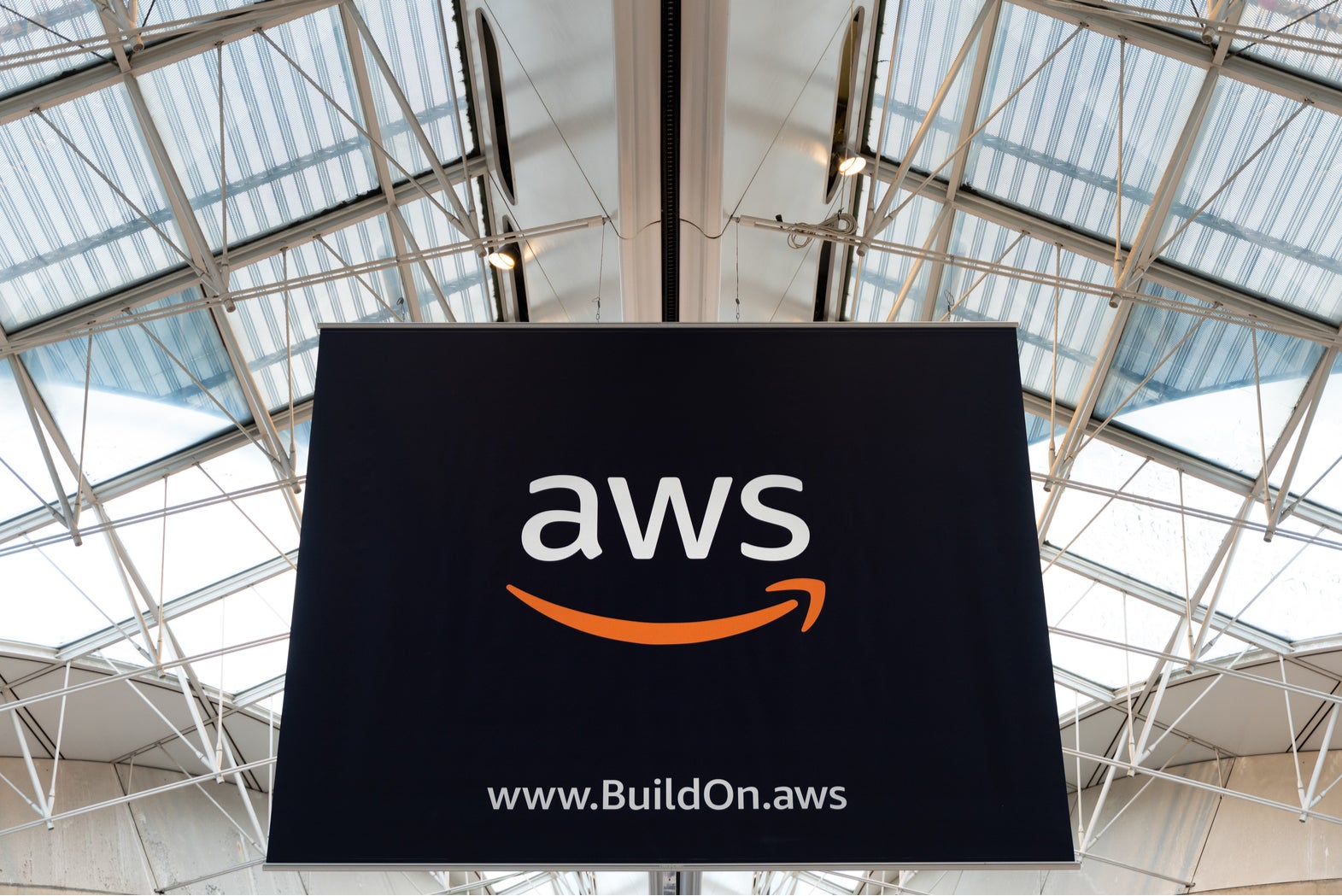
Amazon’s cloud business, Amazon Web Services (AWS), has announced revenue of $8.38bn and operating income of $2.12bn in the second quarter of 2019.
Despite falling just short of analysts’ expectations of $8.48bn – likely caused by the continued growth of rival services offered by the likes of Google, IBM, Microsoft and Oracle – Q2 results still equate to sales growth of 37% for AWS.
AWS continues to be ranked top among cloud infrastructure providers. Thanks to its decision to enter the market early, Amazon has attracted some of the world’s largest businesses and startups, which guarantee AWS hundreds of millions in revenue.
Ahead of its initial public offering in March, for example, ride-hailing firm Lyft’s prospectus revealed it would spend $100m on AWS over a three year period. Likewise, content-sharing platform Pinterest said it would spend $750m on AWS cloud services over six years.
“AWS has benefited from a first-mover advantage in the cloud market and has sustained growth at scale over the last two years,” analysts from KeyBanc Capital Markets have said, according to CNBC. “There are few business models at this scale that are still growing 38% y/y.”
AWS success should be a wakeup call for businesses
AWS revenue has doubled since 2017, growing from $4.1bn in Q2 2017 to $8.4bn in Q2 2019.
That consistent growth is a “clear sign” that businesses, both big and small, are continuing to move to the cloud, says Dob Todorov, CEO of AWS consulting partner HeleCloud, and this should be a sign for businesses that have been slow to adopt cloud technology that they’re risking being left behind.
“The continued revenue growth at AWS is a clear sign that more and more business – big and small – are moving to, and building in, the cloud,” Todorov said.
“The AWS results is an indication that businesses worldwide are migrating to the cloud and reaping the benefits. It is no longer a matter of ‘should we’ but ‘when can we’ and these UK businesses must make a decision before getting left behind.”
What is holding digital laggards back from cloud adoption?
Providers like AWS offer business access to cloud infrastructure while removing the complexity and cost of setting up.
Offering a pay-as-you-go pricing structure that means you only pay for the cloud computing capacity that you need, cost shouldn’t be an issue for most businesses. However, choosing the right provider often is.
“The reality is, many are still cautious when it comes to picking the ‘right’ cloud provider as it is a difficult decision,” Todorov explained.
As well as AWS, businesses can also choose from Microsoft Azure, Google Cloud, Oracle Cloud, Alibaba Cloud, VMWare Cloud, Rackspace, Verizon Cloud, Salesforce Cloud and so on. Each come with their own positives and negatives that leave businesses with a difficult decision to make – particularly those that lack cloud technology knowledge.
“The infamous ‘skills gap’ continues to be a top challenge for UK businesses, with a lack of cloud skills driving up costs and implementation times simultaneously,” Todorov said. “This is preventing many from meeting their business goals.”







